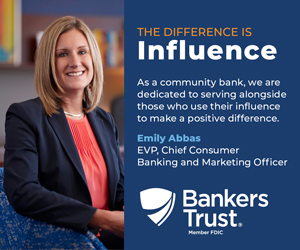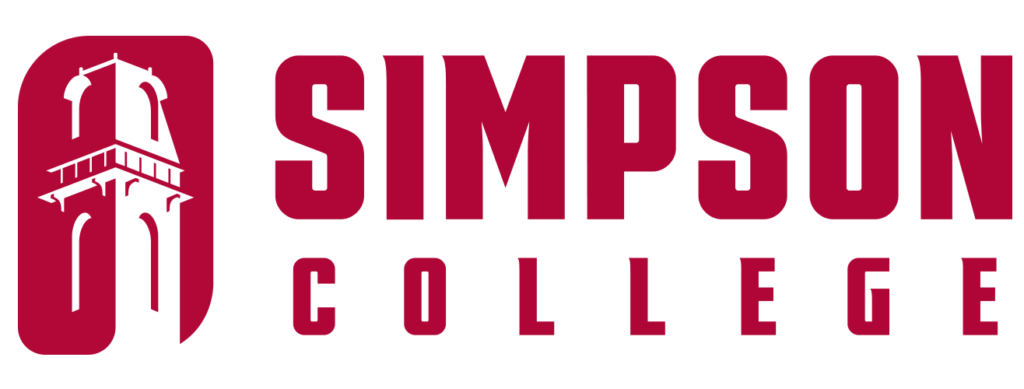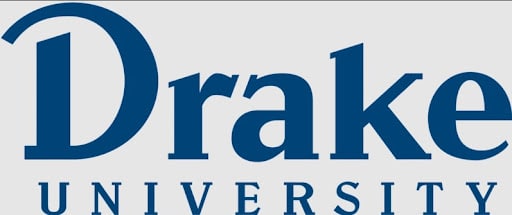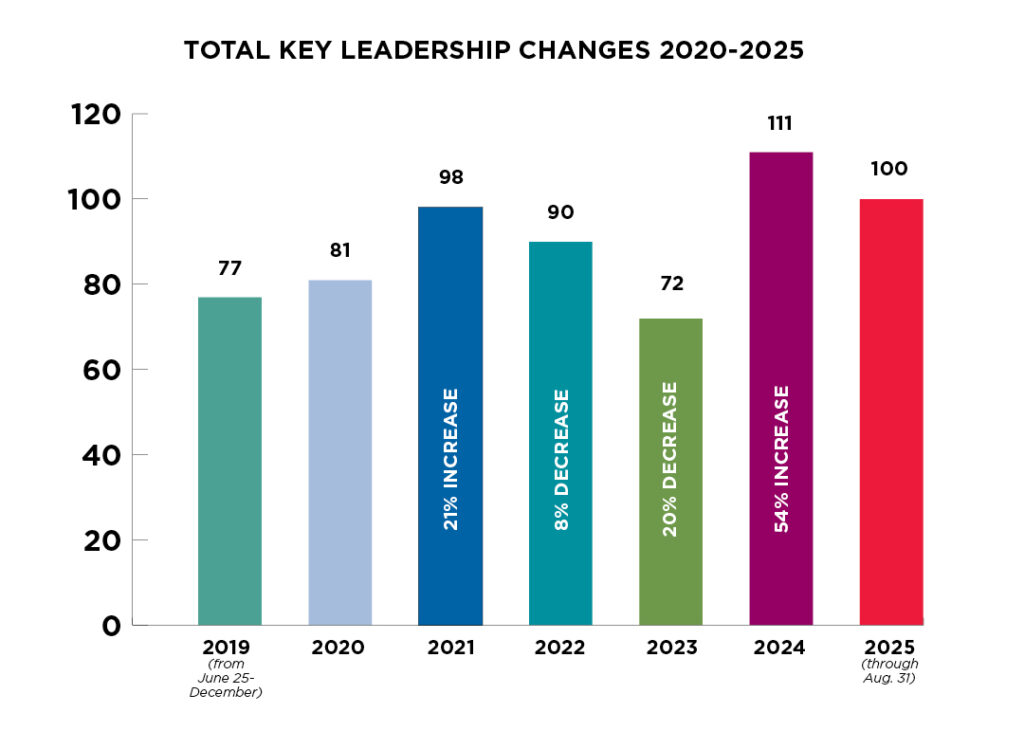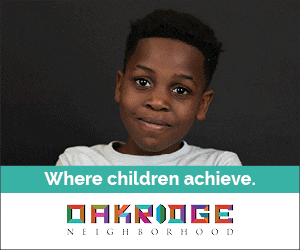Drake president Marty Martin reflects on first year, looks ahead

JOE GARDYASZ AND PERRY BEEMAN Oct 7, 2016 | 11:00 am
5 min read time
1,243 wordsBusiness Record Insider, EducationThe Business Record met recently with Drake University President Marty Martin to get his thoughts on his first year as president and an update on some of the newest education and economic development initiatives moving forward at Drake.
We interviewed Martin on the same morning that Drake announced its new tuition guarantee program, which was prominent news that day. But that’s just one of several big changes under way at Drake.
One of the initiatives that Martin is most excited about is Drake’s new institutional balanced scorecard, a data-driven snapshot that outlines objectives, measures and targets for Drake’s four commitment areas: teaching and learning, reflection, execution, and stewardship. The scorecard provides a road map for carrying out its updated strategic plan.
The tuition guarantee and the new Drake Commitment are two key ways that Drake will advance the objectives of its strategic plan, Martin said. The Drake Commitment pledges that each student’s experience will include personal mentorship, learning through service, flexibility to explore interests and help in building a great resume.
“This strategic plan was developed with a lot of collaboration and engagement from the entire campus community,” Martin said. “Their concerns and aspirations are reflected in the plan. There is a lot of energy and attention on our campus about becoming a more welcoming and inclusive community. That’s probably been the single most powerful message I’ve received.”
Specifically, one of Drake’s teaching and learning objectives is to “create and sustain an inclusive campus community,” with a goal of being named to The Chronicle of Higher Education’s “Great Colleges to Work For” Diversity Honor Roll by 2020.
Martin said a message he’s hearing from the community at large is that organizations are enthusiastic about becoming more connected with Drake.
“When I meet with people, they say, ‘What are you doing, and how can I be involved?’ That has its corollary of (organizations saying), ‘We’ll take every graduate you put out, because we need the talent.’
“We are a ‘brain-gain’ institution; 70 percent of our students come from out of state and more than 50 percent of our graduates stay here upon graduation,” Martin said. “Depending on the year, that’s 150 to 250 new professionals coming into this marketplace. When I share that with people, their eyes really light up, and they want to be connected to that, if they’re not already.”
Here is a Q&A with Martin highlighting key parts of our conversation:
What’s the latest on STEM@Drake?
Both buildings are well under way. You can see the science building climbing into the sky. One of the cool things is that the third floor and part of the fourth floor overlook the stadium. So you could be up there watching the Drake Relays if you wanted to. It just gives this skyline effect we haven’t had before. The school of education building is going up, and both will be ready by the fall of 2017. We have a seen a nice effect with the construction on enrollment yields in our basic science programs, and I attribute that to prospective students seeing they can be in this new building.
Do you have more projects planned beyond STEM@Drake?
We’re starting to do programming work this fall around our arts facilities. We’ve engaged a theater consultant who will help define the scope of the facility needed to meet the aspirations for the project. Once we’ve defined that scope and scale, we’ve asked for an assessment of our present facilities — can they be reconfigured to accomplish these goals, or do we need new space? That’s the first step towards working something much bigger for the future of the arts at Drake.
What’s the benefit of you chairing the regional cultural assessment effort by Bravo Greater Des Moines?
There are a number of reasons I said yes to that invitation. One, it’s another opportunity to connect with Greater Des Moines, to meet new people and to understand what the community is doing and where it’s going. It’s to our great advantage that we’re in Des Moines, Iowa. Another reason I said yes is that I know we have incredibly vibrant arts programs; whatever our vision is for the future of arts and culture in Greater Des Moines, Drake should be right in the thick of that. We put on more than 200 arts and culture events a year. We get a lot of community participation, but there’s certainly room for more. We want to be sure that whenever planning is going on, that Drake is a part of that vision for the future.
Can you give us an update on Drake’s endowment?
We’re at $200 million in the endowment right now. We had a really good post-campaign year; those are normally down years. We’re going to be somewhere north of $25 million on VSE (Voluntary Support of Education), which is a way of standardizing the measure of all-in giving. Our best year in the capital campaign was in the upper $30 million range for VSE.
What’s next for neighborhood redevelopment on University Avenue after the initial hotel/apartment/retail project is completed?
Site D — the large parking lot across from Aliber Hall — will probably be next for development. That may be a mix of some university operations and private development, so we’ve got to do some work to figure that out. We’ve got to have a long-term plan for parking as we start these other developments.
Will Drake become the newest owner of a $40 million parking garage?
I hope it’s not $40 million. We do know that every year our students bring fewer and fewer cars on campus as they become more interested in alternative forms of transportation. We’ve had early conversations with DART and the city about the redo of University and maybe a new multimodal stop to serve the campus, because that’s what our students want. They want to be able to very conveniently get on a bike or a bus and get downtown or to West Des Moines or Ingersoll. Or they’d like a multimodal stop where they can easily hail Uber. We have to take all that into account as we look at this project. That might mean some stacked parking, it might not.
You mentioned when you came you wanted to be involved in economic development. In what other ways do you see that happening?
I am co-chair for the education sector of the United Way campaign; I’m on the Greater Des Moines Partnership’s board. I’m constantly meeting with and engaging with government and business leaders and discussing needs in those sectors and how Drake can connect with and meet those needs. There’s not a day that goes by that I’m not meeting with individuals or groups on those subjects.
What are the most unexpected issues you’ve had come up in your first year?
The positive is just how vibrant this community is. Right now, in my opinion, you’re greatly advantaged if you have a college in a vibrant urban environment. This generation, or at least a significant number of them, really desires that. And if they desire it, there are so many opportunities that come with that environment. On the challenging side, it’s really making sure that the Drake Neighborhood is the neighborhood that we want and that our neighbors want. That’s one of the reasons we’re doing this (revitalization) project, which came directly out of reflecting on what Drake University could do to help the Drake Neighborhood.



